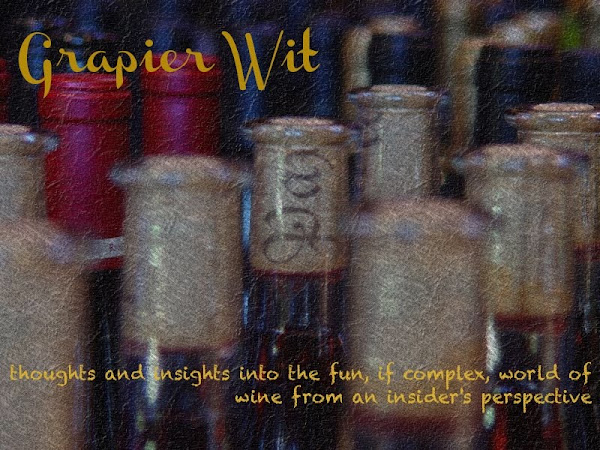
This morning we took a stroll around Wagner Stempel with Oliver, the vineyard manager. I knew I liked him immediately because he was wearing his "tractor pants" instead of a suit. I love people who focus on the dirt and not the fancy talk! Wagner Stempel has been around since 1845 and the current winemaker has been there since 1992. Fairly established, eh?? Most VDP estates are their size, at around 150,000 bottles a year (that's 12,500 cases for any non-math whizzes) 50% of what they grow and Oliver made it clear that "we drink DRY". (they have for 30 years).

Let's talk about the WS wines for just a second. They're awesome, for starters. But more specifically,they're dry but still full, organic, savory, and rich. Their style here is fruit-dominated with refreshing acidity and "just a kiss of wood." "Simple wine that's not simple." Can't say it better myself, so I won't. What I WILL say is that I was impressed by the spicy sleekness the wines showed. A fave of mine was the Weissburgunder (Pinot Blanc), the "red wine killer." Intense and concentrated, it's similar to a Grand Cru in style but not in price. It was like ambrosia,pineapple, and vanilla. . . followed by acid to cleanse the palate.

This was the road to the Nahe. Can't tell you how excited I was to travel to my favorite wine region in Germany! But first, can we talk about acid for a minute? After all, we Riesling fiends are called acidhounds for a reason...

p.s. Even the car parks in this part of the world are fantastic! Look at these beautiful flowers! About that acid...
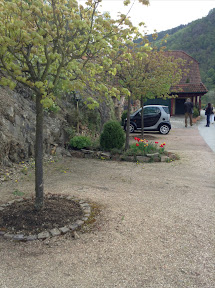
Winemakers do not like to talk about deacidification, but isn't positive or negative--in super high acid years, it is a necessary thing to make the wine palatable. For instance, in 2010, all the wines had too much to begin with. Oliver said "so we had to deacidify in 2010; the French have to ADD acid EVERY year!" (funny, right? it gets better!) He ran into the supplier for citric acid in St Mauritz because the dude had such a great year selling the acid to Condrieu in 2011 that he went skiing!
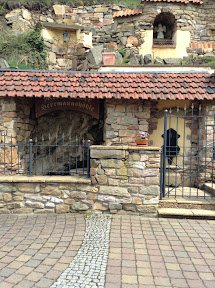
This was a wonderful restaurant, Weck, on the way to the Nahe. It's named "Hermannshole" after a famous vineyard we'll see on the next blog, but for now, what a cute place, right?

We're about to have smoked salmon, herb creme fraiche, beef with mushrooms and potato cakes, along with Jakob Schneider Niederhauser Hermannshole Trocken (2010 in a mag, no less), but I digress... I promised a tequila story, after all.
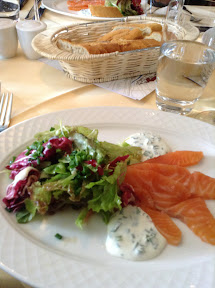
Oliver also reminded us that dry extract (solids in wine) acts in an interesting way: it oscillates between acidity and salt in what it does to your brain (extract technically is sour). So the brain doesn't know which receptors are firing. This is, amazingly enough, why you can "pump down horrible tequila" because your brain has no idea if it's sour or acidic. You never know what you'll learn about drinking habits at 10 a.m.!

We took a moment to enjoy the scenery just outside the restaurant. I think we could have all stayed an extra 3 hours--but we need to get to Donnhoff, and Kruger Rumpf is next on my calendar!!!
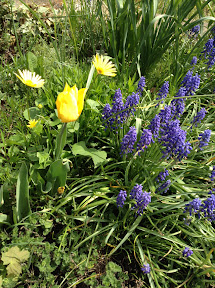
Next on the blog will the the Nahe, with loads more info for you... here's the view on the road in between. With one missing picture: our cabbie explained about a seriously steep slope: "here's where people go to commit suicide." (us: whaaaat???? then: man, that was the best thing anyone's said this trip!!)
more to come, people!

- Emily Garrison, Shiraz Fine Wine & Gourmet
